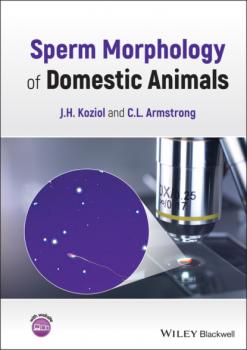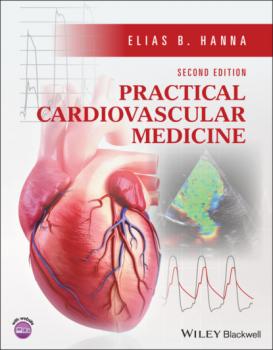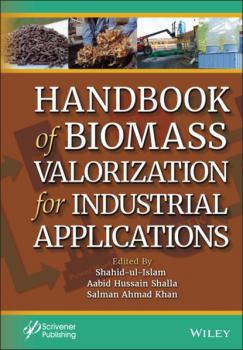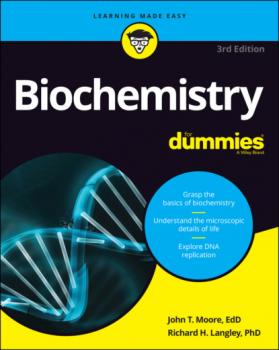ТОП просматриваемых книг сайта:
ЛИТМИР - LITMIR.BIZ - Электронная библиотека
Скачивание или чтение онлайн электронных книг.Аннотация
Sperm Morphology of Domestic Animals [b]A practical guide to interpreting sperm morphology of domestic animals Sperm Morphology of Domestic Animals is a concise, clinically-oriented resource for discovering any impairment to fertility caused by sperm anomalies in domesticated animals. As a bench-side reference, the book examines common sperm defects, their causes, and their prognosis for fertility. An easy-to-use reference, it is organized according to the placement of the deformity in the sperm to increase the speed of consultation, and to help with diagnosing fertility issues. Focusing particularly on the bull, stud horse, boar, ram, buck, and dog, it contains hundreds of high-quality color images accompanied by brief descriptions for additional diagnostic help. Readers will find: An easy-to-use reference work that is suitable for use next to the microscope Organization according to location of abnormality Hundreds if high-quality color images for easy comparison Brief descriptions accompanying each photo, for additional diagnostic help An ideal resource for veterinarians, andrologists, and veterinary students, Sperm Morphology of Domestic Animals fills a gap in current reproductive medicine resources with detailed information that is easy to consult.
Аннотация
Аннотация
HANDBOOK of BIOMASS VALORIZATION for INDUSTRIAL APPLICATIONS The handbook provides a comprehensive view of cutting-edge research on biomass valorization, from advanced fabrication methodologies through useful derived materials, to current and potential application sectors. Industrial sectors, such as food, textiles, petrochemicals and pharmaceuticals, generate massive amounts of waste each year, the disposal of which has become a major issue worldwide. As a result, implementing a circular economy that employs sustainable practices in waste management is critical for any industry. Moreover, fossil fuels, which are the primary sources of fuel in the transportation sector, are also being rapidly depleted at an alarming rate. Therefore, to combat these global issues without increasing our carbon footprint, we must look for renewable resources to produce chemicals and biomaterials. In that context, agricultural waste materials are gaining popularity as cost-effective and abundantly available alternatives to fossil resources for the production of a variety of value-added products, including renewable fuels, fuel components, and fuel additives. Handbook of Biomass Valorization for Industrial Applications investigates current and emerging feedstocks, as well as provides in-depth technical information on advanced catalytic processes and technologies that enable the development of all possible alternative energy sources. The 22 chapters of this book comprehensively cover the valorization of agricultural wastes and their various uses in value-added applications like energy, biofuels, fertilizers, and wastewater treatment. Audience The book is intended for a very broad audience working in the fields of materials sciences, chemical engineering, nanotechnology, energy, environment, chemistry, etc. This book will be an invaluable reference source for the libraries in universities and industrial institutions, government and independent institutes, individual research groups, and scientists working in the field of valorization of biomass.










